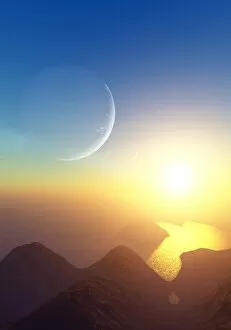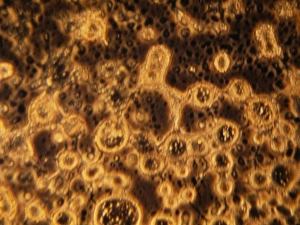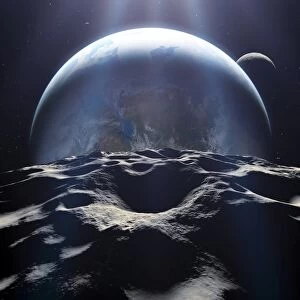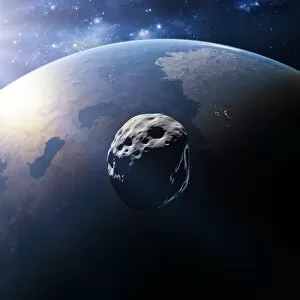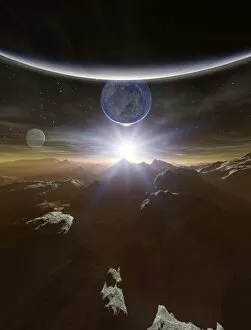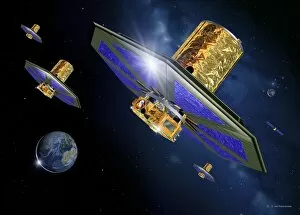Exobiological Collection
Exploring the vast expanse of our universe, scientists have embarked on a thrilling journey to unravel the mysteries landscapes
All Professionally Made to Order for Quick Shipping
Exploring the vast expanse of our universe, scientists have embarked on a thrilling journey to unravel the mysteries landscapes. Venturing beyond our solar system they can driven by an insatiable curiosity to discover habitable alien planets that may harbor life forms yet unknown. In their quest for knowledge, these intrepid astrochemistry and astrobiology researchers meticulously study extrasolar planets, analyzing every minute detail in search of clues. Through simulated space ice experiments and rigorous analysis, they decipher the complex chemistry that could potentially sustain life in these distant realms. Immersed in their research, these dedicated scientists tirelessly work towards understanding the intricacies of exobiology. Their findings offer glimpses into what lies beyond our own planet's boundaries - a tantalizing glimpse into worlds where life might thrive under different conditions. Through breathtaking artwork depicting habitable alien planets, we catch a glimpse of what might exist light-years away from Earth. These vivid illustrations transport us to awe-inspiring landscapes adorned with lush vegetation and vibrant ecosystems teeming with exotic creatures. Each brushstroke captures the essence of an unexplored world waiting to be discovered. As we delve deeper into this captivating field, it becomes evident that exobiological exploration holds immense potential for humanity's future. The knowledge gained from studying extrasolar landscapes opens doors to new possibilities - perhaps one day enabling us to venture beyond our home planet and establish colonies on habitable alien worlds. The enigmatic realm of exobiology continues to captivate both scientific minds and dreamers alike as we push the boundaries of human understanding further than ever before. With each discovery made by these passionate researchers, we inch closer towards unlocking the secrets hidden within our vast universe - secrets that may hold answers about our place in this cosmic tapestry and shed light on whether or not we are truly alone among the stars.

